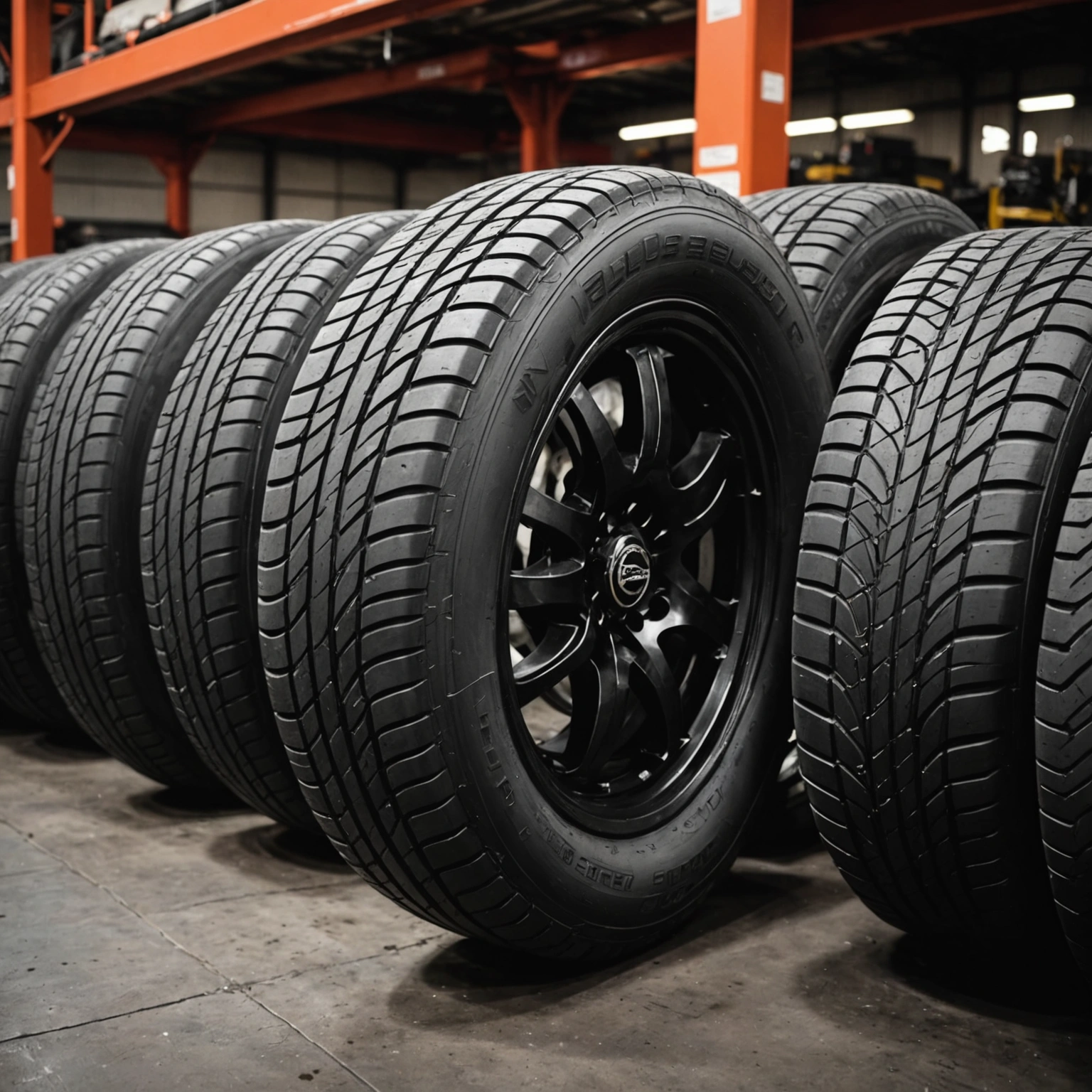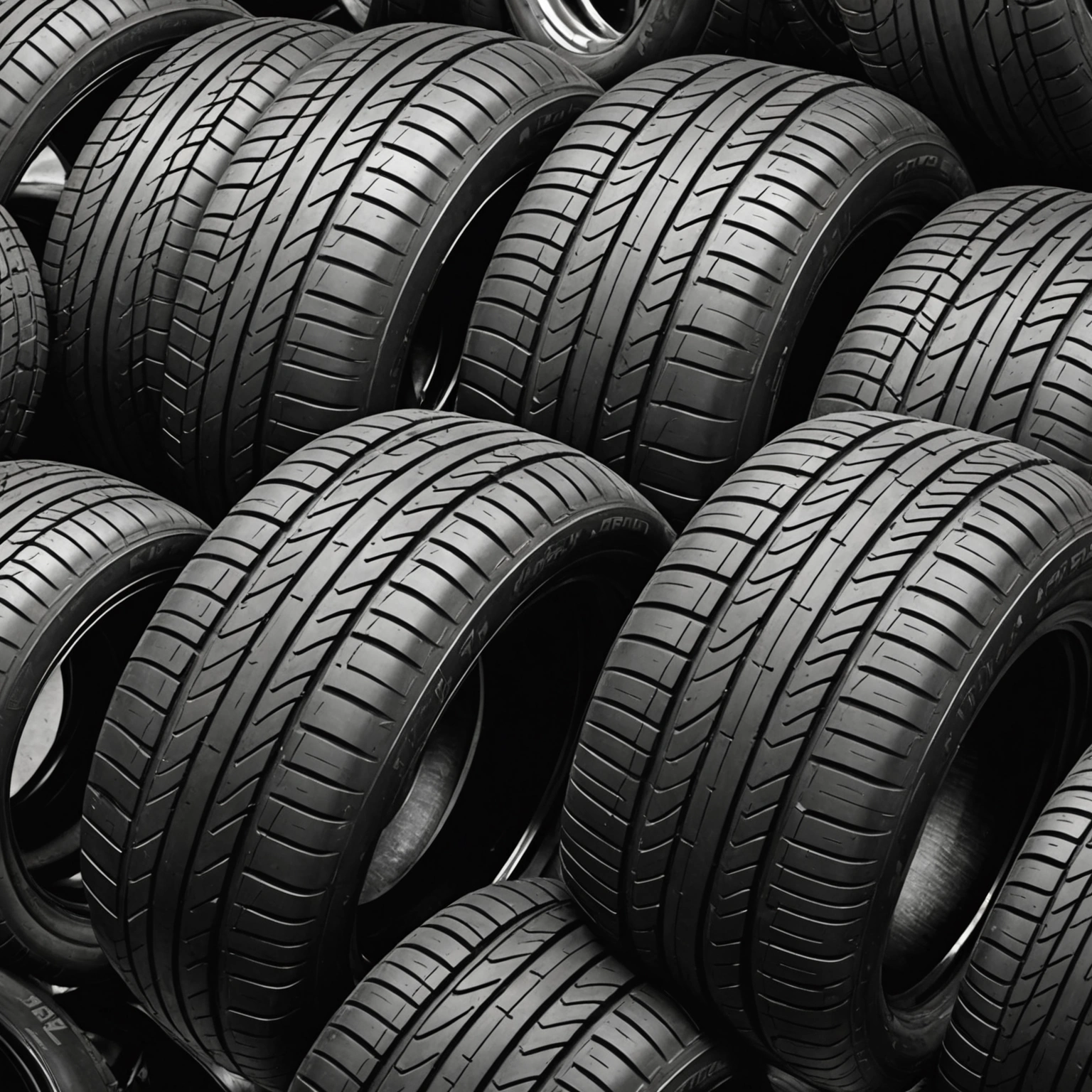**Where Does Tire Rubber Come From? Understanding the Origins of Tire Materials**
Tires are an essential component of every vehicle, providing safety, comfort, and performance on the road. One of the primary materials used in tire manufacturing is rubber, which gives tires their flexibility, durability, and grip. But have you ever wondered: where does tire rubber come from? Let’s explore the origins of this vital material.

### Natural Rubber: The Classic Source
Historically, natural rubber has been the mainstay of tire production. It is derived from the latex sap of rubber trees, primarily *Hevea brasiliensis*, which thrive in tropical regions such as Southeast Asia, West Africa, and parts of South America.

**How Natural Rubber is Harvested:**
– Rubber trees are tapped by making incisions into the bark.

– The latex sap, a milky white fluid, flows into collection containers.
– This latex is then processed through coagulation and drying to produce rubber sheets or blocks.

**Advantages of Natural Rubber:**
– Excellent elasticity and resilience.
– Superior grip and flexibility, especially at lower temperatures.
– Good wear resistance.
**Limitations:**
– Sensitive to temperature extremes.
– Subject to supply fluctuations due to environmental and geopolitical factors.
### Synthetic Rubber: The Modern Alternative
While natural rubber remains vital, over the decades, synthetic rubbers have become equally important, especially for specific tire components. These are petroleum-derived polymers engineered to mimic or improve upon natural rubber’s properties.
**Common Types of Synthetic Rubber Used in Tires:**
– Styrene-Butadiene Rubber (SBR): The most commonly used synthetic rubber in tires, offering good abrasion resistance and aging stability.
– Polybutadiene: Provides excellent wear resistance and low rolling resistance.
– Neoprene and Ethylene Propylene Diene Monomer (EPDM): Used in specific tire layers for weather and ozone resistance.
**Sources of Synthetic Rubber:**
– Derived from petrochemical feedstocks such as ethylene and styrene.
– Produced in chemical plants worldwide, primarily in countries with large oil industries like the United States, China, and Japan.
### The Manufacturing Process: From Raw Material to Tire
1. **Rubber Production:**
– Natural rubber is harvested and processed.
– Synthetic rubbers are polymerized from petrochemical derivatives.
2. **Compounding:**
– Rubber is mixed with additives, reinforcing fillers like carbon black or silica, antioxidants, and curing agents to enhance performance.
3. **Molding and Curing:**
– The rubber compounds are shaped into tires through molding.
– Vulcanization, a chemical process involving heat and sulfur, cross-links the rubber molecules, giving the tire its final strength and elasticity.
### Sustainability and Future Trends
The tire industry is increasingly focused on sustainability:
– Developing bio-based rubbers from renewable resources.
– Recycling used tires into new products.
– Exploring alternative materials to reduce dependency on fossil fuels.
### Conclusion
Tire rubber, whether natural or synthetic, plays a crucial role in the performance and safety of your vehicle. Natural rubber comes from the latex of rubber trees cultivated primarily in tropical regions, while synthetic rubber is produced from petrochemicals in chemical plants around the world. Together, these materials form the backbone of modern tire manufacturing, balancing performance, durability, and innovation.
Next time you check your tires, remember the fascinating journey of rubber from tree sap or petrochemical plants to the rubber that keeps you moving safely!

